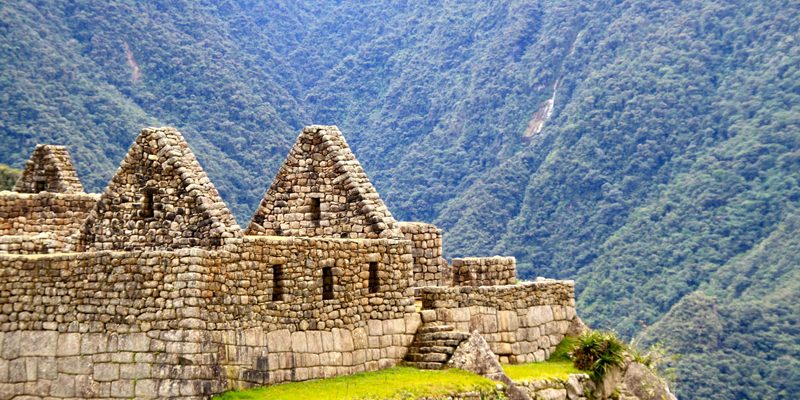It is possible for high-altitude illness to begin at 5,000 feet above sea level, but most often occurs above 8,200 feet (2,500 meters). Some popular extreme travel destinations such as Cusco, Peru (11,000 ft); La Paz, Bolivia (12,000 ft); Lhasa in SW China (12,100 ft); Everest Base Camp in Nepal (17,700 ft); and Kilimanjaro in Tanzania (19,341 ft) are definite candidates for inducing altitude illness.
Altitude sickness is caused by gaining altitude too rapidly and not allowing the body enough time to adjust to reduced oxygen and changes in air pressure. This can cause hypobaric hypoxia which is the tissues of the body not receiving enough oxygen. In worst cases, fluid builds up in the lungs or brain or both and can be fatal.
After four hours above 6,500 feet and ascending above 8,200 feet, a range of symptoms including headache and vomiting may begin. Men are at greater risk of altitude sickness than women. The reason for this is unknown. Unfortunately being young and fit, or having no prior symptoms in the past, does not reduce your risk. Being aware of best practices for high altitude travel, knowing the symptoms of altitude illness, and giving your body time to ascend at its own pace is essential.
The CDC includes detailed information about High-Altitude Travel in this section of their website.

